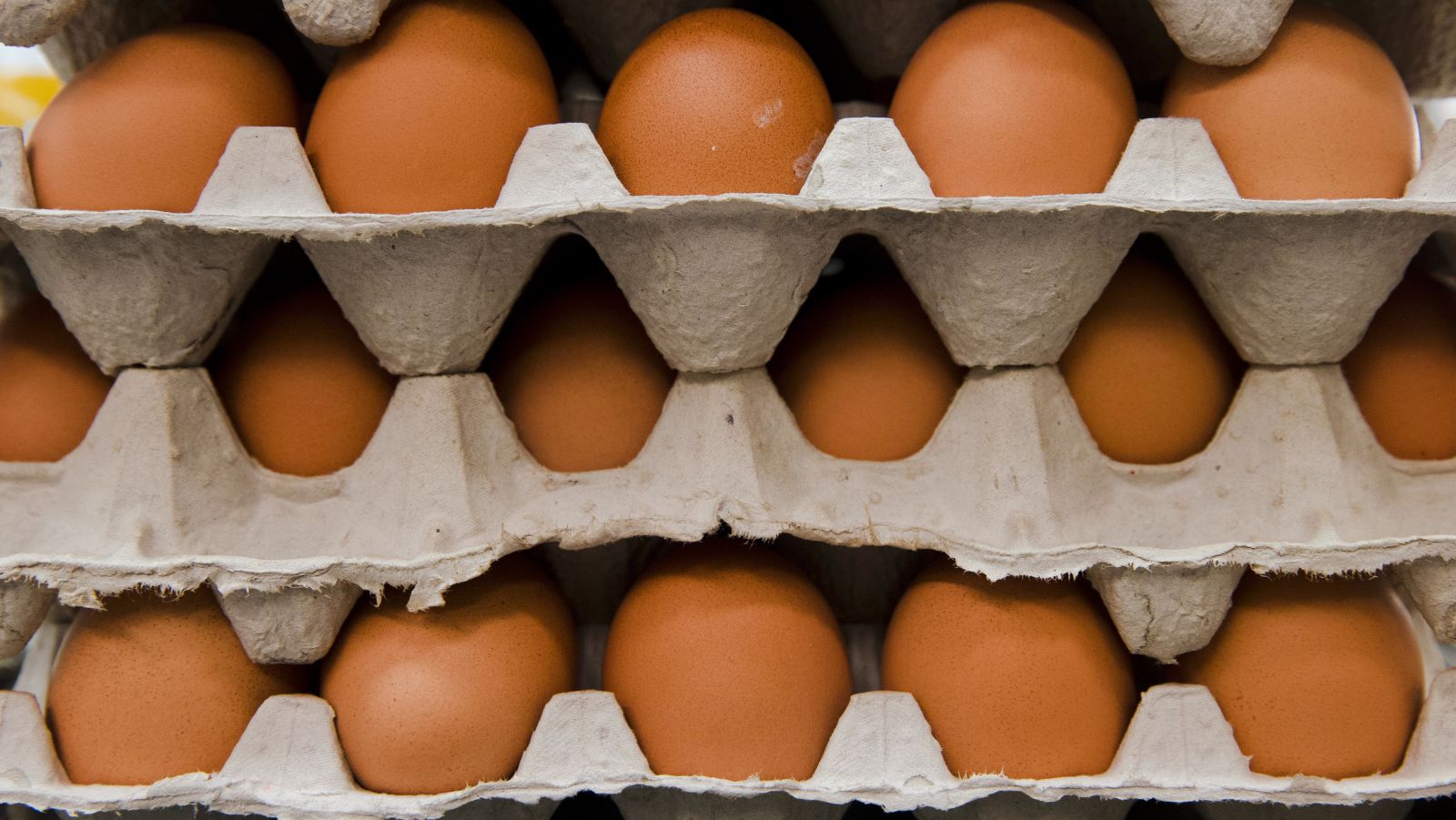Free-range eggs aren’t what you probably think they are
If you’re buying free-range eggs because you like the idea of happy chickens clucking around outside, pecking at the dirt and flapping their wings in the sunshine, then you may be disappointed to learn that this is not, in fact, the situation for most “free-range” hens.


If you’re buying free-range eggs because you like the idea of happy chickens clucking around outside, pecking at the dirt and flapping their wings in the sunshine, then you may be disappointed to learn that this is not, in fact, the situation for most “free-range” hens.
In the US, the hens making “free-range” eggs do not usually roam on the range or even need to be raised outdoors—the US Department of Agriculture only requires that they be given continuous outdoor access. In reality what that usually means is that the hens live in large barns housing thousands of chickens with just one or several open doors. USDA rules allow the outdoor area to be fenced and/or covered with netting-like material. The outdoor space, therefore, could be just a “screened-in porch with cement, dirt or a modicum of grass,” according to the Cornucopia Institute, a nonprofit group focused on sustainable agriculture. And often, the birds don’t actually use the outdoor access they have. In other words, ”free-range” eggs mostly still come from large commercial egg production facilities.
The UK has similar rules. As a November 2013 exposé highlighted, free-range hens in the UK often live in large barns with as many as 16,000 birds and minimal outdoor access.
Other common animal welfare-related terms, like organic and cage-free, sound like they refer to different housing systems, but in practice mean nearly the same thing. The biggest required difference between free-range and organic eggs is the feed: Hens making organic eggs require organic feed. Free-range hens do not. And while “free-range” may sound freer than cage-free, that open door providing the outdoor access is really all that differentiates the two.
That said, free-range, organic, and cage-free all represent a significant improvement over typical conditions for egg-laying hens in the US. According to the USDA, as of March 2015, only 6.4% of table egg layers in the US lived in cage-free environments, with the remaining 93.6% raised in cages. The United Egg Producers (UEP), the US egg industry trade group, recommends that these cages provide ”67 to 86 square inches of usable space per bird to optimize animal welfare.” To put that in perspective, that is smaller than a typical sheet of paper, which is 93.5 square inches. The cage size guidelines, says the UEP, are science-based and were developed by an independent advisory committee. “Regardless of the housing method provided, egg farmers work tirelessly to ensure hens receive excellent care in a safe, comfortable environment,” says Chad Gregory, president and CEO of United Egg Producers.
Not everyone agrees with that assessment. Birds kept in these cages do not have enough room to spread their wings, making them “among the most intensively confined animals in agribusiness,” according to the Humane Society of the United States. Battery cages were banned in Europe in 2012.
Free-range, therefore, is a big step up. But it might not be as big a step as you assumed. If you’re looking to buy eggs with better credentials, try your local farmer’s market where you can ask the farmer directly about the hens’ livings conditions. If you only have access (or time) for a supermarket, Cornucopia has a helpful scorecard to help you choose the best brand.